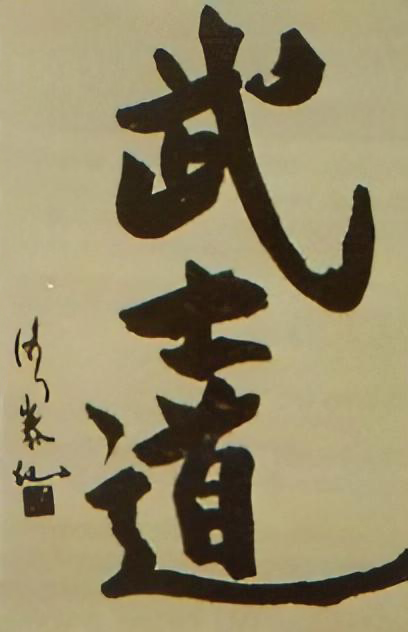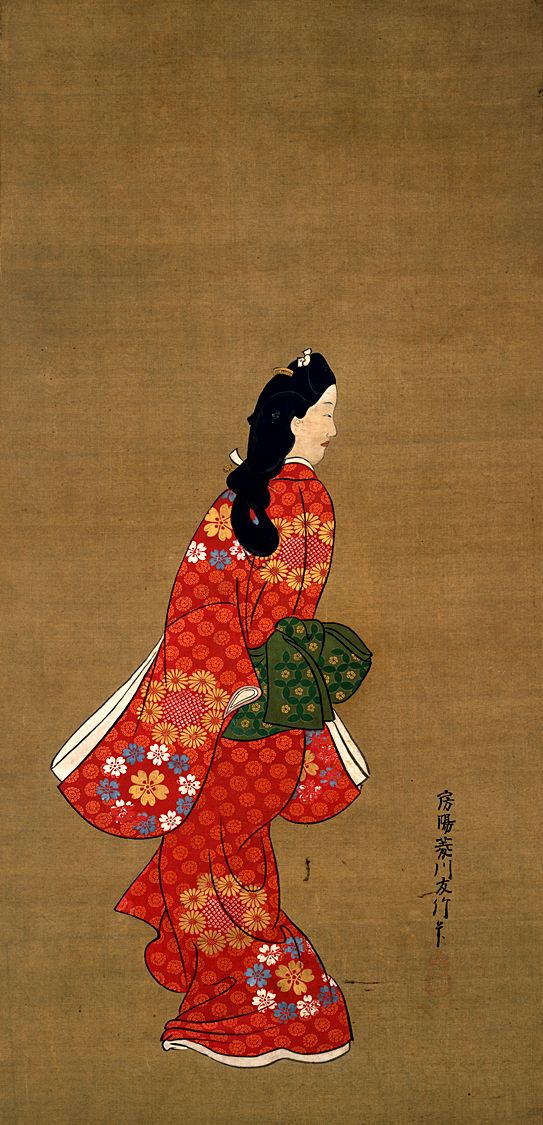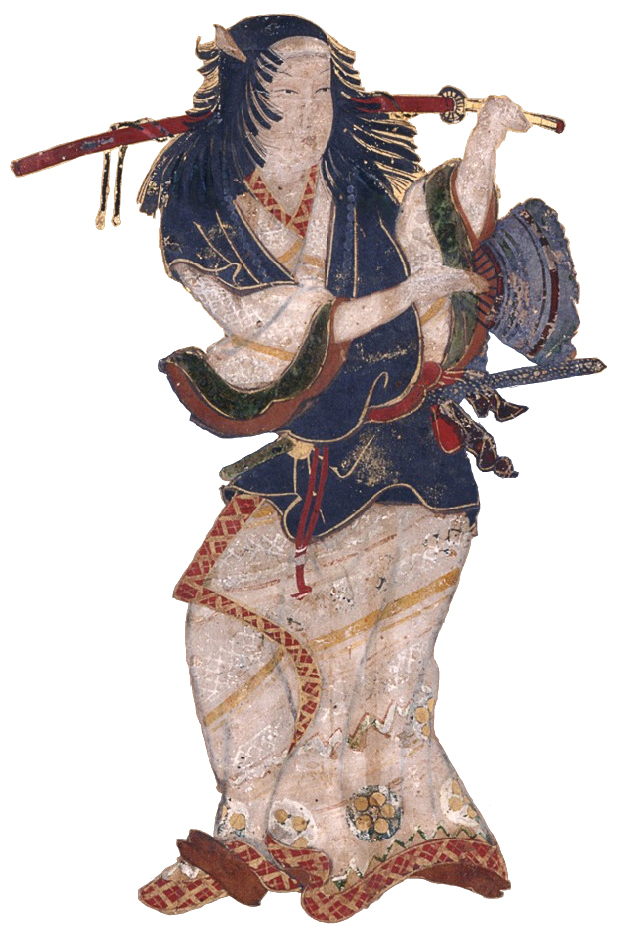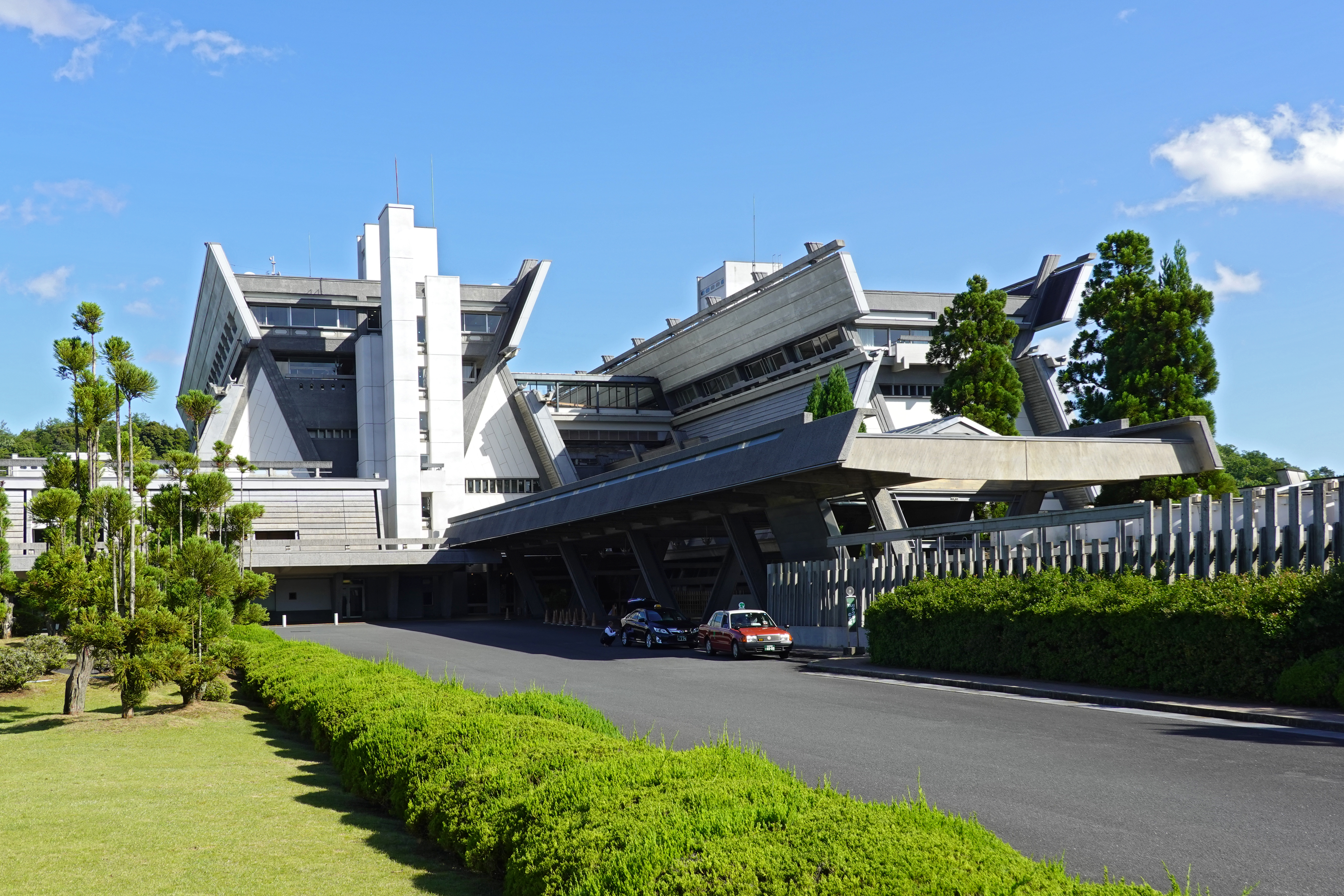|
Tokugawa Period
The , also known as the , is the period between 1600 or 1603 and 1868 in the history of Japan, when the country was under the rule of the Tokugawa shogunate and some 300 regional ''daimyo'', or feudal lords. Emerging from the chaos of the Sengoku period, the Edo period was characterized by prolonged peace and stability, urbanization and economic growth, strict social order, Isolationism, isolationist foreign policies, and popular enjoyment of Japanese art, arts and Culture of Japan, culture. In 1600, Tokugawa Ieyasu prevailed at the Battle of Sekigahara and established hegemony over most of Japan, and in 1603 was given the title ''shogun'' by Emperor Go-Yōzei. Ieyasu resigned two years later in favor of his son Tokugawa Hidetada, Hidetada, but maintained power, and defeated the primary rival to his authority, Toyotomi Hideyori, at the Siege of Osaka in 1615 before his death the next year. Peace generally prevailed from this point on, making samurai largely redundant. Tokugawa sh ... [...More Info...] [...Related Items...] OR: [Wikipedia] [Google] [Baidu] |
Daijirin
is a comprehensive single-volume Japanese dictionary edited by , and first published by in 1988. This title is based upon two early Sanseidō dictionaries edited by Shōzaburō Kanazawa (金沢庄三郎, 1872–1967), ''Jirin'' (辞林 "Forest of words", 1907) and the revised ''Kōjirin'' (広辞林 "Wide forest of words", 1925). History Sanseido specifically created ''Daijirin'' to compete with Iwanami's profitable ''Kōjien'' dictionary, which was a longtime bestseller through three editions (1955, 1969, and 1983). Two other contemporary dictionaries directed at the ''Kōjien'' market share were Kōdansha's color-illustrated ''Nihongo Daijiten'' (日本語大辞典 "Great dictionary of Japanese", 1989) and Shōgakukan's ''Daijisen'' (大辞泉 "Great fountainhead of words", 1995, also edited by Akira Matsumura). The first edition of ''Daijirin'' (1988) had 220,000 headword entries and included encyclopedic content in numerous charts, tables, and illustrations. While ''Kōj ... [...More Info...] [...Related Items...] OR: [Wikipedia] [Google] [Baidu] |
Edo Society
Edo society refers to the society of Japan under the rule of the Tokugawa Shogunate during the Edo period from 1603 to 1868. Edo society was a feudal society with strict social stratification, customs, and regulations intended to promote political stability. The Emperor of Japan and the were the official ruling class of Japan but had no power. The of the Tokugawa clan, the , and their Affinity (medieval), retainers of the samurai class administered Japan through their Han system, system of domains. The majority of Edo society were commoners divided into peasant, Artisan, craftsmen, and merchant classes, and various "Untouchability, untouchable" or Burakumin groups. The Tokugawa shogunate ruled by dividing the people into four main categories. Older scholars believed that there were of "samurai, peasants (''hyakushō''), craftsmen, and merchants" (''chōnin'') under the daimyo, with 80% of peasants under the 5% samurai class, followed by craftsmen and merchants. However, var ... [...More Info...] [...Related Items...] OR: [Wikipedia] [Google] [Baidu] |
Matthew C
Matthew may refer to: * Matthew (given name) * Matthew (surname) * ''Matthew'' (album), a 2000 album by rapper Kool Keith * Matthew (elm cultivar), a cultivar of the Chinese Elm ''Ulmus parvifolia'' Christianity * Matthew the Apostle, one of the apostles of Jesus * Gospel of Matthew, a book of the Bible Ships * ''Matthew'' (1497 ship), the ship sailed by John Cabot in 1497, with two 1990s replicas * MV ''Matthew I'', a suspected drug-runner scuttled in 2013 * Interdiction of MV ''Matthew'', a 2023 operation of the Irish military against a 2001 Panamanian cargo ship See also * Matt (given name), the diminutive form of Matthew * Mathew, alternative spelling of Matthew * Matthews (other) * Matthew effect The Matthew effect, sometimes called the Matthew principle or cumulative advantage, is the tendency of individuals to accrue social or economic success in proportion to their initial level of popularity, friends, and wealth. It is sometimes summar ... * Tropic ... [...More Info...] [...Related Items...] OR: [Wikipedia] [Google] [Baidu] |
Perry Expedition
] The Perry Expedition (, , "Arrival of the Black Ships") was a diplomatic and military expedition in two separate voyages (1852–1853 and 1854–1855) to the Tokugawa shogunate () by warships of the United States Navy. The goals of this expedition included exploration, surveying, and the establishment of diplomatic relations and negotiation of trade agreements with the various nations in the region. Opening contact with the government of Japan was considered a top priority of the expedition, and was one of the key reasons for its inception. The expedition was commanded by Commodore Matthew Calbraith Perry, under orders from President Millard Fillmore. Perry's primary goal was to force an end to Japan's 220-year-old policy of isolation and to open Japanese ports to American trade, through the use of gunboat diplomacy if necessary. The Perry Expedition led directly to the establishment of diplomatic relations between Japan and the western Great Powers, and eventually to ... [...More Info...] [...Related Items...] OR: [Wikipedia] [Google] [Baidu] |
Bushido
is a Samurai moral code concerning samurai attitudes, behavior and lifestyle. Its origins date back to the Kamakura period, but it was formalized in the Edo period (1603–1868). There are multiple types of bushido which evolved significantly through history. Contemporary forms of bushido are still used in the social and economic organization of Japan. ''Bushido'' is also used as an overarching term for all the codes, practices, philosophies and principles of samurai culture. It is loosely analogous to the European concept of chivalry, but with some major differences. Origin The concept of a samurai code or codes was developed and refined centuries before the Edo period in the Kamakura period. Such ideas formalized earlier moral values and ethics, most commonly stressing a combination of sincerity, frugality, loyalty, martial arts mastery, honour until death, "bravery", and "loyalty to the samurai's lord." Bushido proper developed between the 16th and 20th centuries, but th ... [...More Info...] [...Related Items...] OR: [Wikipedia] [Google] [Baidu] |
Edo Neo-Confucianism
Edo Neo-Confucianism, known in Japanese as , refers to the schools of Neo-Confucian philosophy that developed in Japan during the Edo period. Neo-Confucianism reached Japan during the Kamakura period. The philosophy can be characterized as humanistic and rationalistic, with the belief that the universe could be understood through human reason, and that it was up to man to create a harmonious relationship between the universe and the individual.. The 17th-century Tokugawa shogunate adopted Neo-Confucianism as the principle of controlling people and Confucian philosophy took hold. Neo-Confucians such as Hayashi Razan and Arai Hakuseki were instrumental in the formulation of Japan's dominant early modern political philosophy. History Neo-Confucianism has its origins in the Chinese Tang dynasty; the Confucianist scholars Han Yu and Li Ao are seen as forebears of the Neo-Confucianists of the Song dynasty.. The Song dynasty philosopher Zhou Dunyi is seen as the first true "pioneer" ... [...More Info...] [...Related Items...] OR: [Wikipedia] [Google] [Baidu] |
Ukiyo-e
is a genre of Japanese art that flourished from the 17th through 19th centuries. Its artists produced woodblock printing, woodblock prints and Nikuhitsu-ga, paintings of such subjects as female beauties; kabuki actors and sumo wrestlers; scenes from history and folk tales; travel scenes and landscapes; Flora of Japan, flora and Wildlife of Japan#Fauna, fauna; and Shunga, erotica. In 1603, the city of Edo (Tokyo), Edo (Tokyo) became the seat of the ruling Tokugawa shogunate. The class (merchants, craftsmen and workers), positioned at the bottom of Four occupations, the social order, benefited the most from the city's rapid economic growth. They began to indulge in and patronize the entertainment of kabuki theatre, geisha, and oiran, courtesans of the Yūkaku, pleasure districts. The term ('floating world') came to describe this hedonistic lifestyle. Printed or painted ukiyo-e works were popular with the class, who had become wealthy enough to afford to decorate their homes wit ... [...More Info...] [...Related Items...] OR: [Wikipedia] [Google] [Baidu] |
Kabuki
is a classical form of Theatre of Japan, Japanese theatre, mixing dramatic performance with Japanese traditional dance, traditional dance. Kabuki theatre is known for its heavily stylised performances, its glamorous, highly decorated costumes, and for the elaborate make-up worn by some of its performers. Kabuki is thought to have originated in the early Edo period, when the art's founder, Izumo no Okuni, formed a female dance troupe that performed dances and light sketches in Kyoto. The art form later developed into its present all-male theatrical form after women were banned from performing in kabuki theatre in 1629. Kabuki developed throughout the late 17th century and reached its zenith in the mid-18th century. In 2005, kabuki theatre was proclaimed by UNESCO as an intangible heritage possessing outstanding universal value. In 2008, it was inscribed in the UNESCO Intangible Cultural Heritage Lists, UNESCO Representative List of the Intangible Cultural Heritage of Humanity ... [...More Info...] [...Related Items...] OR: [Wikipedia] [Google] [Baidu] |
Kyoto
Kyoto ( or ; Japanese language, Japanese: , ''Kyōto'' ), officially , is the capital city of Kyoto Prefecture in the Kansai region of Japan's largest and most populous island of Honshu. , the city had a population of 1.46 million, making it the List of cities in Japan, ninth-most populous city in Japan. More than half (56.8%) of Kyoto Prefecture's population resides in the city. The city is the cultural anchor of the substantially larger Greater Kyoto, a metropolitan statistical area (MSA) home to a census-estimated 3.8 million people. It is also part of the even larger Keihanshin, Keihanshin metropolitan area, along with Osaka and Kobe. Kyoto is one of the oldest municipalities in Japan, having been chosen in 794 as the new seat of Japan's imperial court by Emperor Kanmu. The original city, named Heian-kyō, was arranged in accordance with traditional Chinese feng shui following the model of the ancient Chinese capitals of Chang'an and Luoyang. The emperors of Japan ruled fro ... [...More Info...] [...Related Items...] OR: [Wikipedia] [Google] [Baidu] |
Osaka
is a Cities designated by government ordinance of Japan, designated city in the Kansai region of Honshu in Japan. It is the capital of and most populous city in Osaka Prefecture, and the List of cities in Japan, third-most populous city in Japan, following the special wards of Tokyo and Yokohama. With a population of 2.7 million in the 2020 census, it is also the largest component of the Keihanshin, Keihanshin Metropolitan Area, which is the List of metropolitan areas in Japan, second-largest metropolitan area in Japan and the 10th-List of urban areas by population, largest urban area in the world with more than 19 million inhabitants. Ōsaka was traditionally considered Japan's economic hub. By the Kofun period (300–538) it had developed into an important regional port, and in the 7th and 8th centuries, it served briefly as the imperial capital. Osaka continued to flourish during the Edo period (1603–1867) and became known as a center of Japanese culture. Following the M ... [...More Info...] [...Related Items...] OR: [Wikipedia] [Google] [Baidu] |
Zaibatsu
is a Japanese language, Japanese term referring to industrial and financial vertical integration, vertically integrated business conglomerate (company), conglomerates in the Empire of Japan, whose influence and size allowed control over significant parts of the Economy of Japan, Japanese economy from the Meiji period to World War II. A zaibatsu's general structure included a family-owned holding company on top, and a bank which financed the other, mostly industrial subsidiaries within them. Although the zaibatsu played an important role in the Japanese economy beginning in 1868, they especially increased in number and importance following the Russo-Japanese War, World War I, and Japan's subsequent attempt to conquer East Asia and the Pacific Rim during the interwar period and World War II. After World War II, they were dissolved by the Occupation of Japan, Allied occupation forces and succeeded by the ''keiretsu'' (groups of banks, manufacturers, suppliers, and distributors). Equ ... [...More Info...] [...Related Items...] OR: [Wikipedia] [Google] [Baidu] |
Alternate Attendance
Alternative or alternate may refer to: Arts, entertainment and media * Alternative (''Kamen Rider''), a character in the Japanese TV series ''Kamen Rider Ryuki'' * Alternative comics, or independent comics are an alternative to mainstream superhero comics * Alternative fashion, fashion that stands apart from mainstream, commercial fashion. * Alternative manga, manga published outside the more commercial market, or which have different art styles, themes, and narratives to those found in the more popular manga magazines. * '' AlterNative'', academic journal * ''The Alternative'' (film), a 1978 Australian television film * ''The Alternative'', a radio show hosted by Tony Evans * ''120 Minutes'' (2004 TV program), an alternative rock music video program formerly known as ''The Alternative'' *'' The American Spectator'', an American magazine formerly known as ''The Alternative: An American Spectator'' Music * Alternative dance, a musical genre that mixes alternative rock with el ... [...More Info...] [...Related Items...] OR: [Wikipedia] [Google] [Baidu] |






